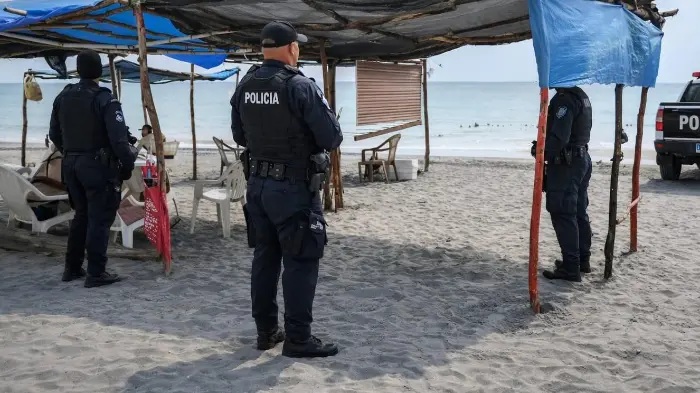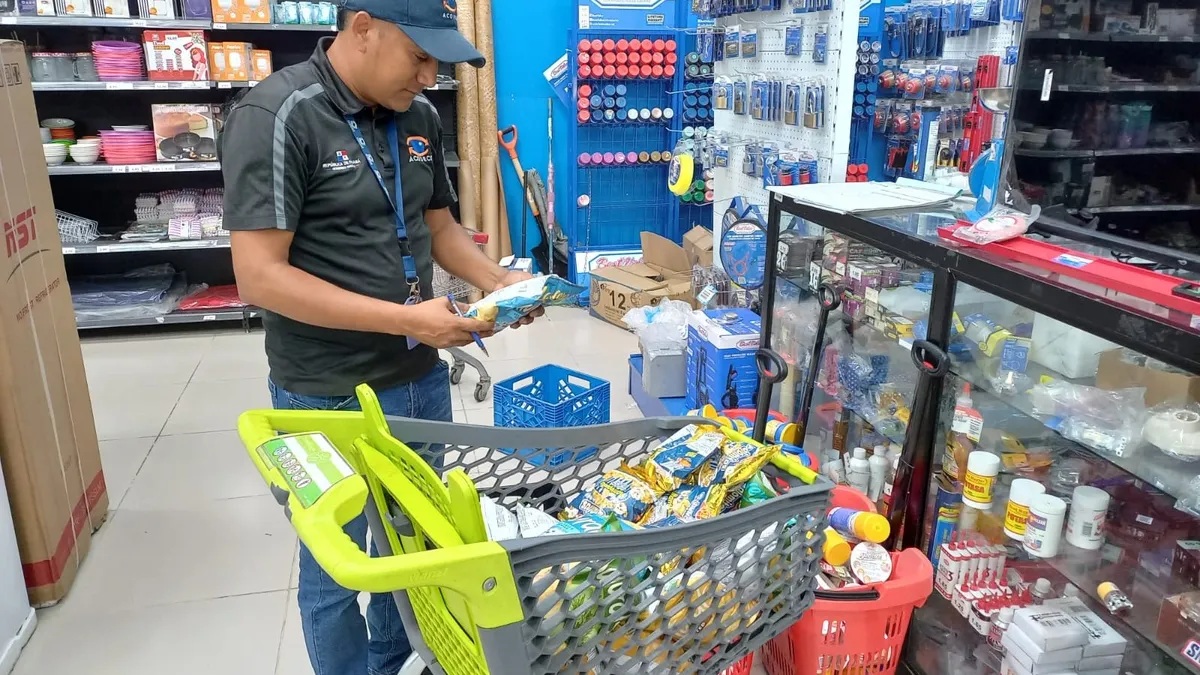Captive-bred tortoises return to Galapagos habitat

A total of 86 captive-bred tortoises, which are part of a remnant of hatchlings from the Captive Breeding Program that closed in 2021, returned to their natural habitat in the Ecuadorian Galapagos archipelago.
The Ministry of Environment, Water and Ecological Transition reported Monday that there are still more than 250 to complete their process prior to their release.
The 86 hatchlings of the species Chelonidis hoodensis from Española Island, are aged between 5 and 6 years.
The specimens come from the captive breeding and breeding center on Santa Cruz Island, the most central island of the archipelago.
Prior to their repatriation, the tortoises were subjected to an extended quarantine process, internal and external deworming, and an identification microchip was placed on each of them.
Later they were transferred by helicopter to the southern center of the Española Island, with the purpose of accelerating their dispersal throughout their territory.
“The conservation efforts implemented by the national government, in synergy with our strategic allies, have been essential to carry out successful ecological restoration programs like this one, which has been a work of more than five decades,” said Danny Rueda, director of the Galapagos National Park.
Washington Tapia, executive director of the Galapagos Conservancy, indicated that the repopulation of Española with tortoises has been “a key element in the process of ecological restoration of the island because they are the main herbivore and contribute to clearing the areas where the albatrosses land when they come to the island to breed and nest”.
The Galapagos archipelago is located about a thousand kilometers west of the continental coasts of Ecuador and thanks to its rich biodiversity is considered a natural laboratory that allowed the British scientist Charles Darwin to develop his theory on the evolution and natural selection of species.





